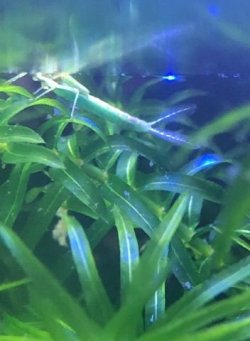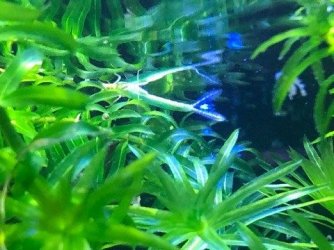Hello,
Hoping someone can help please.
The tank is approx 5 weeks old.
Recently nitrite and nitrate levels have been good.
Notice yesterday they seemed high (0.25 - 0.5 mg/l) did 10% water change and then this morning still seemed high so did another 20% water change. This morning also noticed pH reading was 6.4 or less - limit of the test kit and KH was between 0 and 3, so low. Am I right in thinking low pH can affect good filter bacteria? Secondly low KH will lead to lower pH value.
I tested the tap water, wondered if there was a link - tap water results are again low pH 6.4 or less and as we live in Scottish Highlands a low 0-3 reading for KH.
So... should I do more frequent water changes to help with nitrites and keep an eye for a few days or do I need to raise the pH by adding bicarbonate of soda to tap water, if so what's the procedure / amounts to add etc
Thanks,
Gordon
Hoping someone can help please.
The tank is approx 5 weeks old.
Recently nitrite and nitrate levels have been good.
Notice yesterday they seemed high (0.25 - 0.5 mg/l) did 10% water change and then this morning still seemed high so did another 20% water change. This morning also noticed pH reading was 6.4 or less - limit of the test kit and KH was between 0 and 3, so low. Am I right in thinking low pH can affect good filter bacteria? Secondly low KH will lead to lower pH value.
I tested the tap water, wondered if there was a link - tap water results are again low pH 6.4 or less and as we live in Scottish Highlands a low 0-3 reading for KH.
So... should I do more frequent water changes to help with nitrites and keep an eye for a few days or do I need to raise the pH by adding bicarbonate of soda to tap water, if so what's the procedure / amounts to add etc
Thanks,
Gordon






